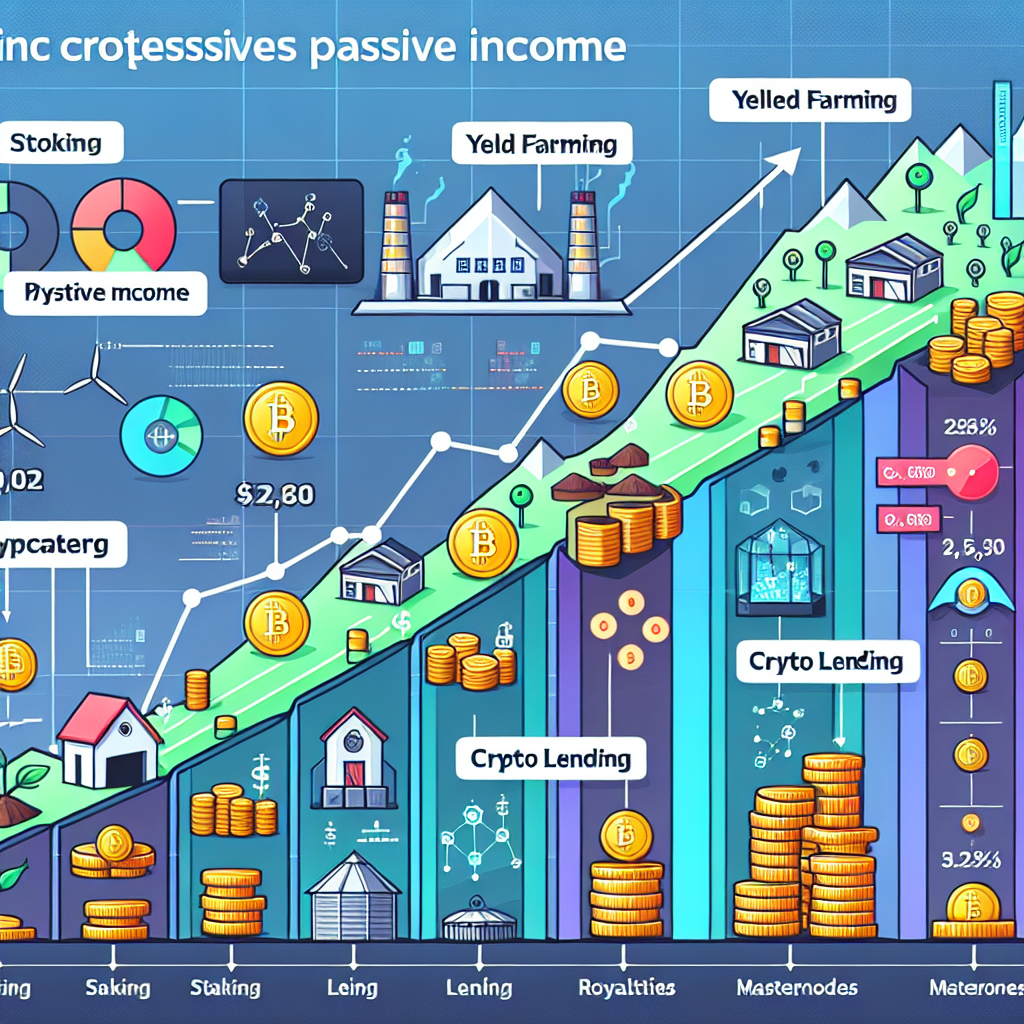Introduction
In the early days of cryptocurrency, regulation was a dirty word—something that stifled innovation, slowed progress, and betrayed the ethos of decentralization. But in 2025, the conversation has shifted dramatically. Regulation is no longer a hypothetical—it’s here. And for investors, it changes everything.
While crypto still retains its borderless nature, the landscape is being shaped by national laws, regional frameworks, and international standards. Whether you’re a retail trader or an institutional player, understanding these changes is not optional—it’s essential.

A Global Push for Clarity
One of the defining themes of 2025 is regulatory clarity. After years of vague policies and inconsistent enforcement, governments are finally putting ink to paper. Here’s what that looks like:
United States
The U.S. has rolled out a two-tier regulatory structure. The SEC (Securities and Exchange Commission) oversees tokens classified as securities, while the CFTC (Commodity Futures Trading Commission) governs digital commodities like Bitcoin.
Stablecoins must now be fully backed and issued by licensed financial institutions. Moreover, crypto exchanges must comply with bank-level KYC/AML requirements and report all transactions above a certain threshold.
While some argue this approach is overly aggressive, it has opened the door for mainstream adoption, with several Bitcoin and Ethereum ETFs already approved.
European Union
The EU has implemented the MiCA (Markets in Crypto-Assets) regulation, offering a unified framework across all member states. This makes it easier for companies to operate across borders, but also raises the bar for compliance.
Token issuers must now publish detailed whitepapers, undergo independent audits, and register with local authorities. The EU is especially focused on protecting consumers and minimizing environmental impact, pushing proof-of-stake over proof-of-work.
Asia and the Middle East
Regions like Singapore, Hong Kong, and the UAE have taken a strategic approach—balancing innovation with investor protection. These jurisdictions are issuing crypto-specific licenses and have become hotspots for blockchain startups looking for regulatory clarity without excessive restriction.
Meanwhile, China’s blanket ban remains in place, but its influence is felt through its central bank digital currency (CBDC), which continues to expand globally.
What This Means for Everyday Investors
So what’s the bottom line for retail investors? In short: the game has changed, and so should your strategy.
1. Increased Security and Transparency
Gone are the days when you could buy tokens from sketchy platforms and hope for the best. With tighter controls on exchanges and mandatory audits for new projects, the average investor is now better protected from scams, rug pulls, and poorly managed DeFi protocols.
However, this comes at a cost—namely, less privacy. Transactions are increasingly traceable, and anonymous wallets are under scrutiny.
2. Taxation Is Now Automated
Most major countries now require automatic tax reporting from centralized exchanges. Your gains (and losses) are being tracked, whether you realize it or not. The IRS, HMRC, and other agencies are using blockchain forensics tools to ensure compliance.
As an investor, this means:
- Keep detailed records of your transactions.
- Understand capital gains rules in your jurisdiction.
- Use crypto tax tools like CoinTracker or Koinly to stay ahead.
3. Reduced Speculation, More Fundamentals
Memecoins and hype-driven tokens are losing favor. With regulatory oversight, only projects with real utility, transparent governance, and verified reserves will survive.
This could be a blessing in disguise. Rather than chasing overnight pumps, investors are now forced to evaluate fundamentals—team, roadmap, partnerships, technology—before jumping in.

The Rise of Institutional Adoption
Ironically, the very thing many crypto purists feared—regulation—has become the catalyst for institutional adoption.
In 2025, we’re seeing:
- Major asset managers offering crypto ETFs and tokenized investment funds
- Traditional banks acting as custodians for digital assets
- Pension funds allocating to blockchain infrastructure plays
This influx of capital has brought stability to the market and reduced volatility, especially in large-cap coins like BTC and ETH. However, it has also made the market more efficient, meaning big gains require deeper insight and smarter positioning.
Regulation as a Sign of Maturity
Crypto is no longer the wild west—it’s a rapidly maturing sector of the global economy. And just like with any growing industry, rules are necessary to protect participants and ensure long-term viability.
Yes, the space may lose some of its rebellious edge. But in its place, we’re gaining credibility, investor protection, and a clearer path forward.
The key for investors in 2025 is to adapt, not retreat. Learn the laws, understand the risks, and align with the new reality. The next bull run won’t be fueled by memes and moonshots—it’ll be powered by regulatory clarity, real-world adoption, and institutional trust.
Final Thoughts
Regulation doesn’t kill crypto. It legitimizes it.
In the coming years, the investors who thrive will be those who stay informed, comply with the rules, and focus on long-term value creation rather than quick wins.
So ask yourself:
Are you investing like it’s 2017—or are you ready for 2025?




